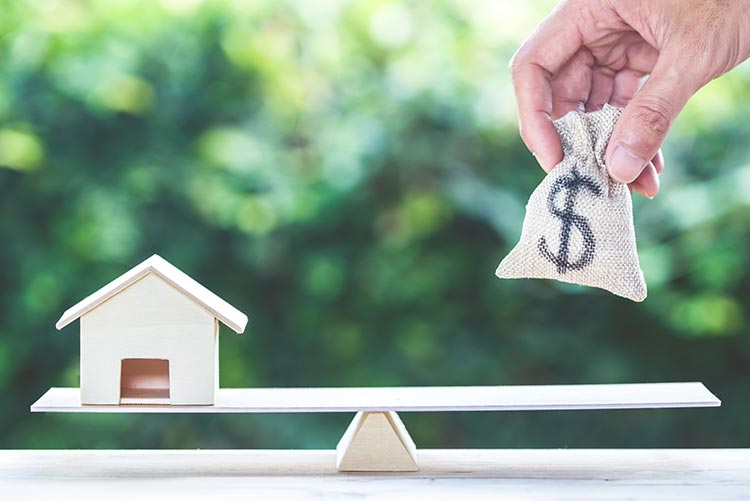Page 21 201 - 210 of 400
How Does a 1031 Exchange Work with Seller Financing?

Seller financing is a common practice in real estate transactions. In this unique form of lending, the seller of an investment property also functions as the buyer’s mortgage lender.
What is a 1031 Cooperation Clause and How Does it Work?

A 1031 exchange is much different than a straight sale or other type of real estate transaction. As such, it’s important for exchangors to inform all parties involved that the pending transaction will be part of a 1031 exchange because there are some extra steps both parties must take to ensure the exchange complies with Internal Revenue Service regulations.
Who Takes Title In a 1031 Exchange?

In a typical 1031 exchange, an investor decides to sell a property and reinvest the proceeds. If the property has appreciated during the time the investor has owned it, they will be responsible for paying capital gains taxes on the increase in the fair market value. Assuming that the investor has held the asset for more than one year, the taxes will be assessed at the long-term capital gains rate, which is typically lower than the tax rate for ordinary income but can still be as much as 20 percent.
What Happens If You Sell a 1031 Exchange Property At a Loss?

If you’ve been reading our blogs on a regular basis, you know that we publish a great deal of information about 1031 exchanges and potential tax benefits. Specifically, a well-executed like-kind exchange can defer capital gain taxes and depreciation recapture to a future date.
Can You Change Ownership in a 1031 Exchange?

Real estate investors who wish to defer capital gains taxes from the sale of investment properties by completing a 1031 exchange have a lot of rules and regulations to follow throughout the exchange process.
What is a Simultaneous 1031 Exchange?

Timing is a crucial element throughout the 1031 exchange process.
How Often Does the IRS Audit 1031 Exchanges?

The 26 U.S. Code § 1031 – aka the 1031 exchange or like-kind exchange – can be a good strategy to help defer capital gains taxes on the sale of real property. But as mentioned in a previous blog, very stringent rules exist when it comes to conducting this type of exchange. Playing fast and loose with in-stone deadlines, property values, or other factors could wave a red flag at the IRS.
Does a 1031 Exchange Need to Be in the Same Name?

When we discuss the specific provisions governing the execution of a 1031 exchange, sometimes we neglect to mention that the reason the IRS allows this transaction is in recognition of the ongoing nature of the investment. This fact is worth considering since the IRS created some rules to test that status. For example, the deadlines for identifying the replacement property and consummating the acquisition can demonstrate that the taxpayer is traveling down a path rather than completing one investment and engaging in another. Similarly, the limitation on eligibility to “like-kind” investments is a testament to the ongoing endeavor. The IRS further upholds this condition by requiring the taxpayer's identity to remain the same.
What is a Starker Exchange?

Like most tax topics, the 1031 exchange has a history of changes, primarily due to various legislative and judicial actions. The essential foundation of this tax-deferral strategy is that when investors reinvest the proceeds from selling an asset, they extend the original investment rather than taking their profit and transforming it into spendable cash. As a result, the IRS allowed investors to trade one property for another without paying the applicable capital gains tax.
What is the Federation of Exchange Accommodators (FEA)?

For real estate investors planning to use a 1031 exchange to defer capital gains and depreciation recapture taxes, it’s vital to follow the rules closely to avoid disqualification of the transaction. The 1031 exchange is a potentially valuable deferral tool, so the IRS expects full and transparent compliance with the regulations. Prominent among the requirements are the following:
Page 21 201 - 210 of 400


